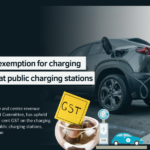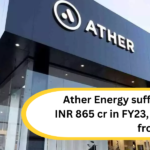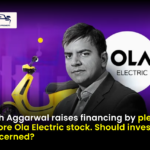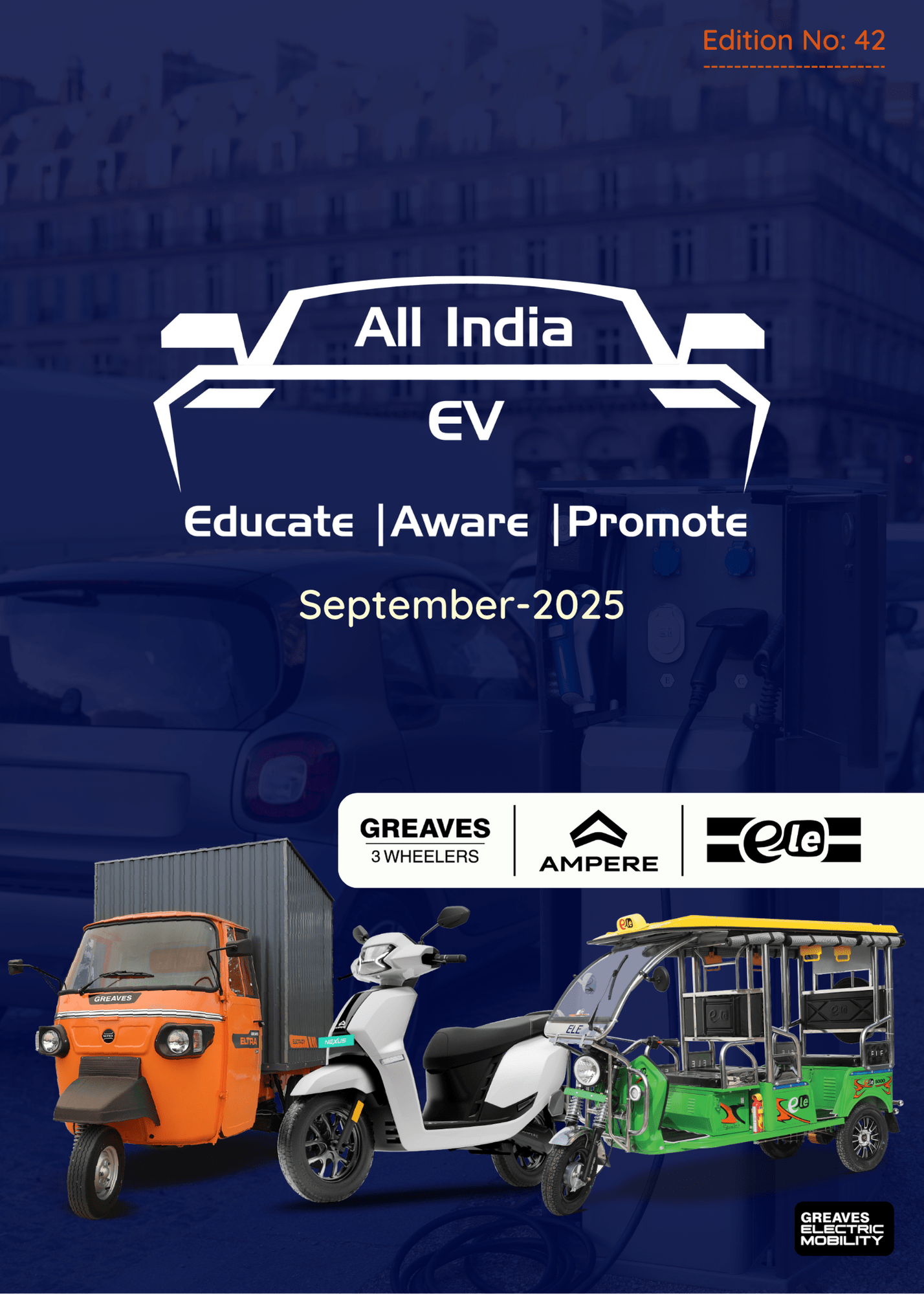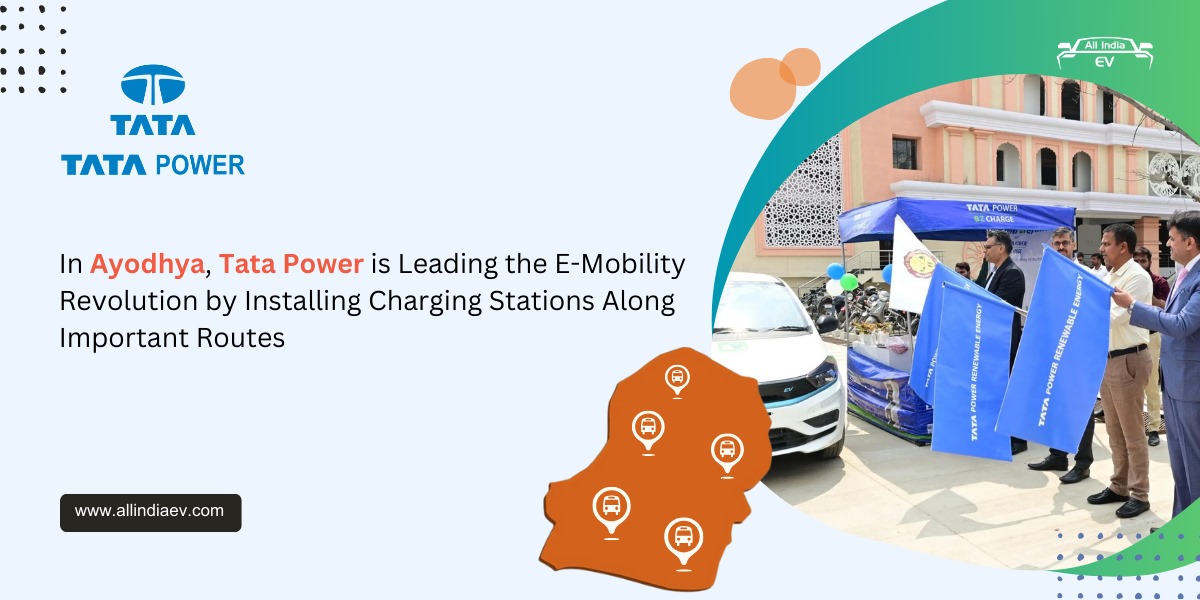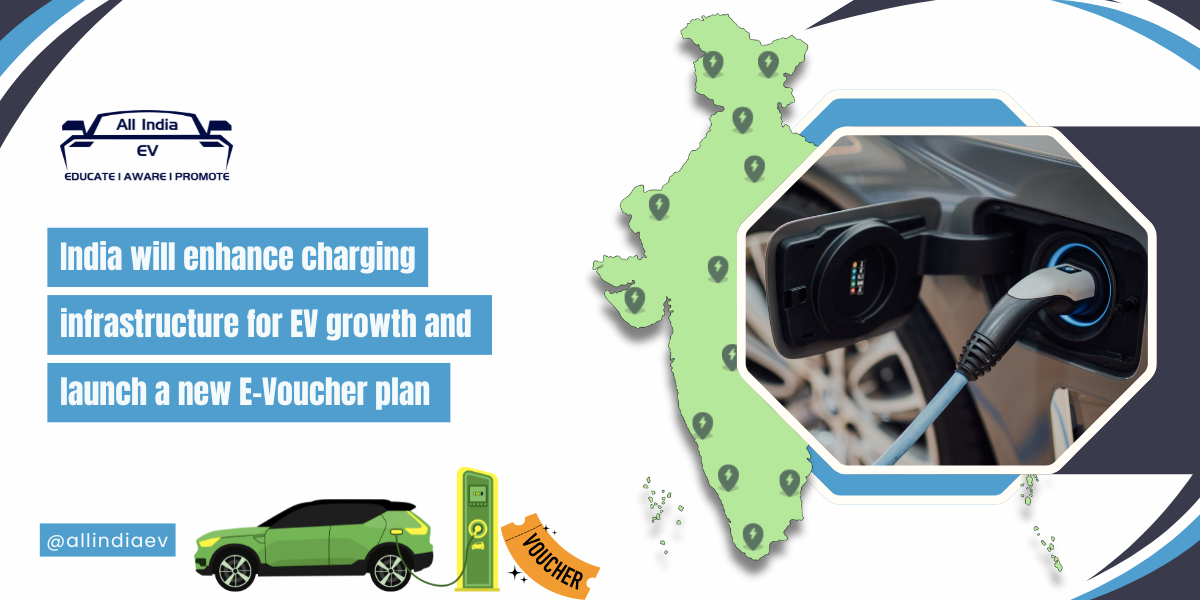
E-Vouchers and Charging Stations: India’s EV Acceleration
The government has decided to join infrastructural improvements with incentives to take further steps towards boosting electric vehicle adoption in India. The newly approved PM E-DRIVE scheme will offer e-vouchers for e-vehicle buyers as demand incentives.
Union Minister for Heavy Industries and Steel, HD Kumaraswamy, recently made a few of the announcements at a seminar. The core points that he brought forth were that the government reassured for an expanding network of EV charging on roads in India, to cover rising electric vehicles on roads.
Under FAME-II, public charging stations are promised to be operationalized at 10,763 locations all over India. The opening of the increased infrastructure for charging will help do away with one of the main reasons put forward as a cause for not embracing electric vehicles: the lack of charging points. These developments will push India on the electric mobility trajectory, bringing it closer to its ambition of minimizing emissions while building an environmentally friendly transport regime.
The e-voucher system marks a new approach to promoting EV adoption. “This is a distinctive feature of the new scheme,” Kumaraswamy explained. He added that the details of the e-voucher system are in advanced stages and will be shared soon.
India’s EV Revolution: A Success Story
The FAME-II scheme has been a driving force behind the rapid growth of India’s electric vehicle (EV) industry. According to Dr Hanif Qureshi, Additional Secretary of the Ministry of Heavy Industries, over 92 percent of the scheme’s targets have been met.
Dr Anish Shah, President of FICCI and CEO & MD of the Mahindra Group, praised FAME-II as a transformative policy. He highlighted the remarkable growth of the electric three-wheeler industry, which has gone from negligible to representing 20 percent of the market in just three years. Shah expressed optimism that the industry would achieve full adoption within the next five years.
Vinod Aggarwal, Immediate Past President of SIAM and MD & CEO of VE Commercial Vehicles, emphasized the success of FAME-II in promoting e-mobility across various segments. He pointed to significant market growth in two-wheelers, three-wheelers, and cars. Passenger EV sales saw an impressive increase of over 90 percent, while electric two-wheeler sales surged by more than 30 percent compared to the previous year.
Vikrampati Singhania, Vice President of ACMA and MD of J K Fenner India, underlined the crucial role of the auto component industry in supporting sustainable mobility. He stressed the importance of innovation, research and development, and technological advancements to maintain competitiveness in the evolving EV and autonomous vehicle markets. Singhania advocated for increased investment in R&D, local production, and collaborations to drive future industry growth.


